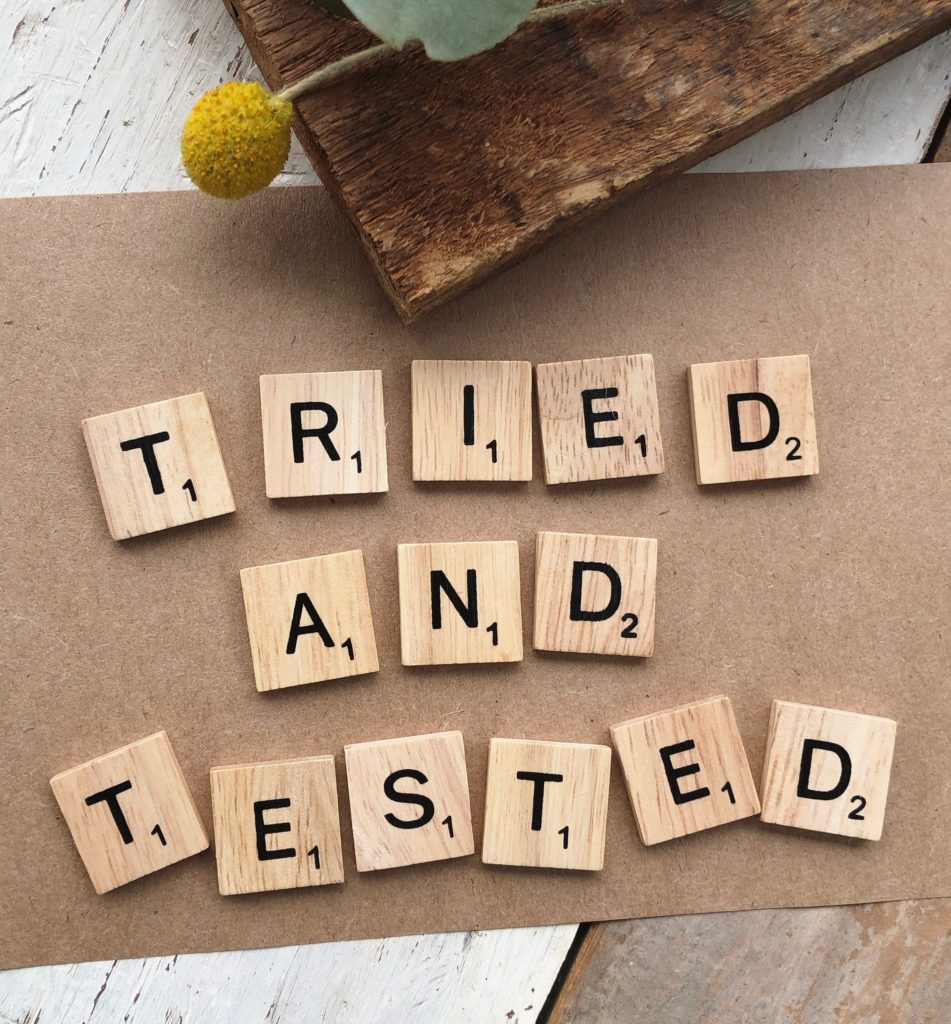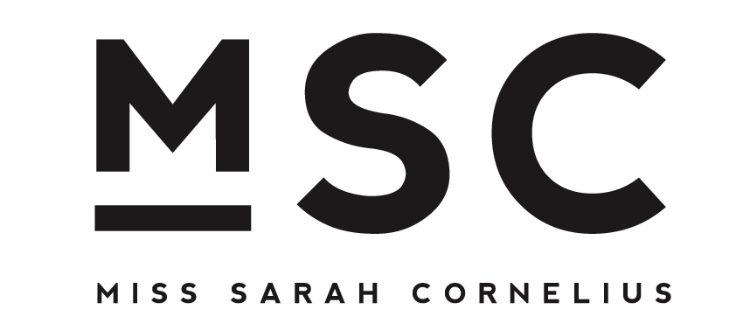Why you’re doing something within a lesson might make sense to you (hopefully) but does it make sense to your students? Taking the time to work out what your intention is for each lesson and sharing this with your students will pay off.
Short cycle (lesson by lesson) learning intentions (or objectives) explain to students what they will be able to understand, know or do after that lesson. Short cycle learning intentions are part of the bigger picture, providing students with the knowledge, understanding and skills that they need to achieve in an assessment, unit or across a semester. They work best when they are linked to the Achievement or Performance Standards but must be easily understood by students. Co-constructing success criteria is another important element of this teaching practice.
What the experts say:
– Hattie has been talking about the importance of using learning intentions along with success criteria (we will talk about that in another post) since 2015. He also highlights the important of modelling what success looks like.
– Clarke (2020) states, ‘Two things seem to matter: learning objectives (intentions) should be decontextualised (e.g. write an account rather than write an account of an underwater world) and authentic (what you really want them to learn).’
– Learning intentions help students stay focused and involved (Grafwallner, P 2019).
– Fisher and Frey (2018) suggest that without a clear learning destination in mind, lessons wander, and students become confused and frustrated.
What I say:
– Ditto. I agree with all of the above.
– Write the learning intention up on the board so you can revisit it throughout the lesson. Refer to it when questioning students and providing feedback. You can even have a fancy, laminated ‘learning intention’ sign!
– You can utilise exit cards to check if the learning intention has been achieved during that lesson, which will inform your future planning while acting as a form of self-assessment for the student.
– Lesson intentions are about what the student will learn or be able to do after the time they spend with you, they are not to act as a check list of what you will talk about (in fact, if you’re talking for more than 10 minutes at a time than have a think about why).
What you should think about…
– Are the intentions I set linked to the achievement or performance standards and are they easy to understand?
– Do they focus on knowledge, understanding and skills rather than just content?
– Do the learning activities that I have planned help fulfil the learning intention?
– Do I ask the right questions? Are my questions linked to the learning intention?
– Has the student been provided feedback based on this learning intention?
Success criteria is important and we will talk about this in another post soon.
Share your experiences about using learning intentions below!


This is interesting. It’s ultimately the way I try to do things because of the learning cycle: essentially we need to use this cycle to assist students to develop, attain and apply skills. But my question is: have we lost that deeper understanding of how we learn which should inform our teaching?
Are many teachers falling into the trap of content driven teaching in order to produce certain results?
Yes, I agree. I think teachers haven fallen into the trap of content driven teaching in order to produce certain results and thinking about the teaching and learning cycle is fundamental to support students and improve outcomes. Short cycle learning intentions can help teachers and students to focus on the skills rather than the content and is only part of the learning cycle! I will write more about this soon I think. Thanks for your ideas.